Nestled in the picturesque landscapes of Northern Arizona, Coconino County is a true paradise for tourists seeking a blend of natural wonders, cultural richness, and outdoor adventure. This breathtaking region, encompassing diverse terrain from the iconic Grand Canyon to the breathtaking red rocks of Sedona, offers a wealth of experiences that will ignite your sense of wonder.
Located in the heart of the magnificent state of Arizona, Coconino County is a treasure trove of natural wonders and cultural riches. With its diverse landscapes, from the iconic Grand Canyon to lush forests and historic sites, the county offers a unique blend of outdoor adventure and cultural exploration. In this article, we’ll take you on a virtual tour of Coconino County’s top 12 tourist attractions, each offering a captivating experience that will leave you with memories to cherish. The author of this article is Dhaval Hirapara.
Grand Canyon National Park
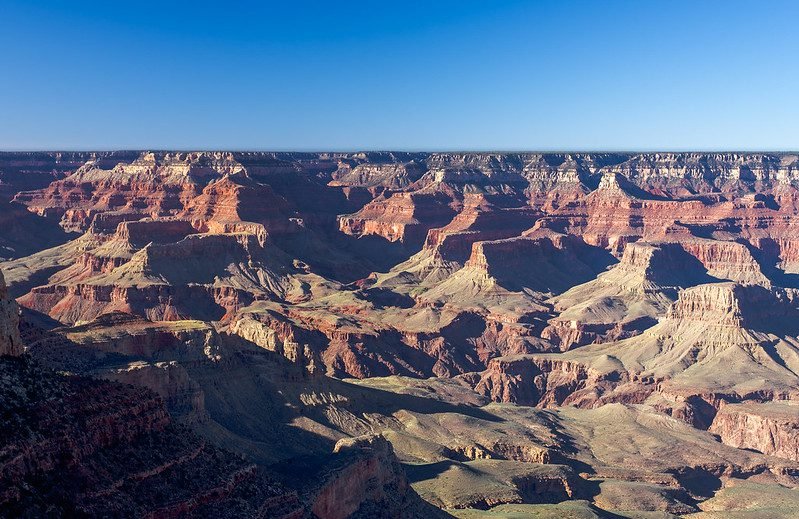
The Grand Canyon National Park, located in Coconino County, Arizona, is an awe-inspiring testament to the power of nature’s sculpting hand. This iconic natural wonder, carved over millions of years by the Colorado River, displays a breathtaking panorama of colorful rock layers spanning geological time.
Visitors from around the world are drawn to the park to see the sheer grandeur of the Grand Canyon, with its towering cliffs, deep chasms, and the ever-changing play of light and shadow that color the canyon walls. Whether you’re watching from one of the viewpoints along the park’s edge or hiking into the canyon’s depths, the Grand Canyon offers a unique opportunity to connect with the Earth’s geological history and experience the vastness of this majestic landscape.
In addition to its geological wonders, Grand Canyon National Park is also a sanctuary for diverse ecosystems and a thriving hub for outdoor enthusiasts. The park’s unique blend of high desert and riparian environments provides habitat for a wide range of wildlife, from mule deer and California condors to desert bighorn sheep.
Hiking, backpacking, and rafting adventures allow visitors to see the park’s natural wonders up close, while ranger-led programs and the visitor center provide educational insight into the geological, cultural, and ecological significance of the canyon.
The Grand Canyon is not just a place of stunning beauty; it is a testament to the importance of preserving our planet’s natural treasures and a source of inspiration for all who are privileged to stand on its shores or venture into its depths.
Sedona’s Red Rock Country
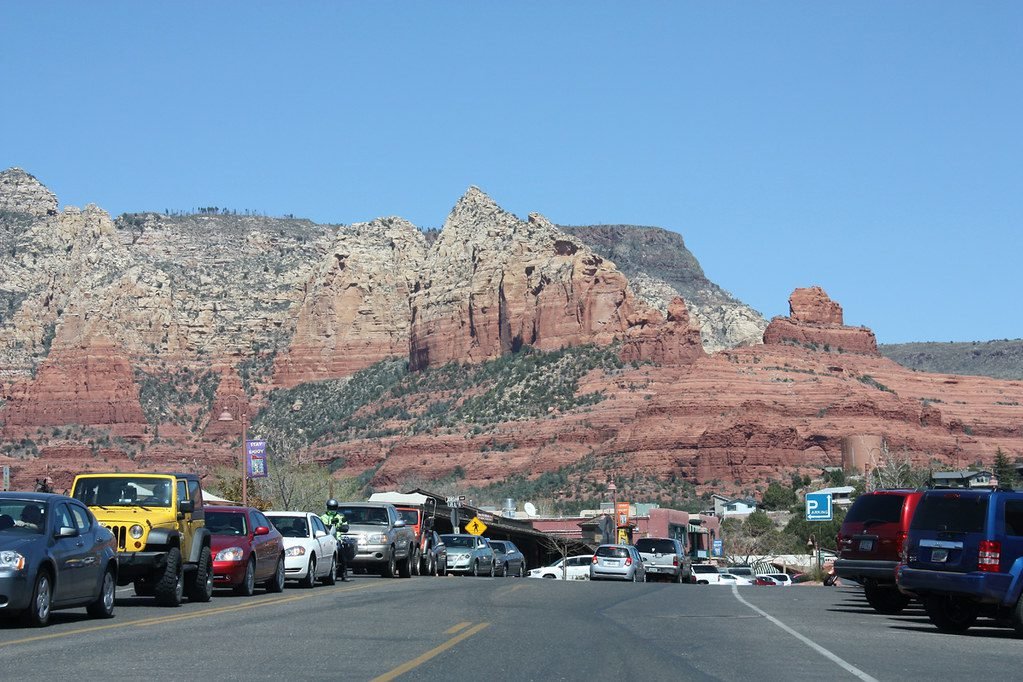
Nestled among the stunning landscapes of Coconino County, Arizona, Sedona’s Red Rock Country is a place of otherworldly beauty and spiritual allure. The towering red sandstone formations that define the region are a mesmerizing testament to the forces of nature, created by millions of years of erosion and geological upheaval. The vibrant colors of red, orange, and scarlet create a dramatic backdrop for outdoor enthusiasts, photographers, and spiritual seekers.
Whether you’re hiking picturesque trails through red rock canyons, embarking on a jeep tour to explore hidden gems, or simply gazing in wonder at the breathtaking landscapes, Sedona’s Red Rock Country invites you to connect with the eternal beauty of the Earth.
But Sedona isn’t just a feast for the eyes; it is also a destination that stirs the soul. Many visitors are attracted to the spiritual qualities of this area, believing that the area is a center of energy vortex and healing energy.
The numerous spas, meditation centers, and yoga retreats offer opportunities for relaxation, contemplation, and rejuvenation amidst breathtaking surroundings. The sense of wonder and peace that permeates Sedona’s Red Rock Country is palpable, giving visitors a deep connection with the natural world and an appreciation of the mystical allure of this extraordinary landscape.
Antelope Canyon
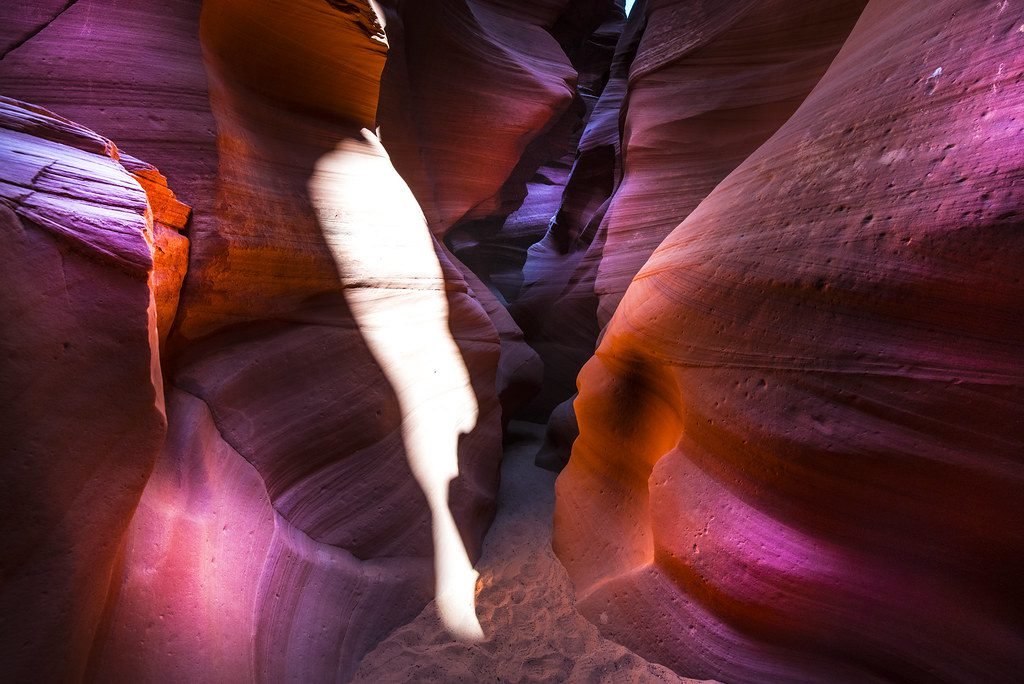
Antelope Canyon, located in Coconino County, Arizona, is a natural wonder that feels like stepping into an unreal dream. This narrow sandstone slot canyon, carved by the forces of wind and water over millennia, boasts jagged turns, otherworldly lights, and walls decorated with intricate, flowing patterns.
Known for its mesmerizing interplay of light and shadow, Antelope Canyon is a paradise for photographers and nature lovers who want to capture the ever-changing play of colors and textures within its scope. Whether you’re wandering the narrow passages of Upper Antelope Canyon or exploring the twists and turns of lesser-visited Lower Antelope Canyon, each step deepens your connection with the natural artistry of this remarkable slot canyon.
In addition to its stunning aesthetics, Antelope Canyon holds cultural significance to the Navajo Nation, who call the area Tse Bighanilini, meaning “the place where the water passes through the rocks.” Guided tours by knowledgeable Navajo guides provide insight into the geology, history, and spiritual significance of the valley, providing a holistic experience that goes beyond its visual splendor.
Antelope Canyon is a place of wonder and reverence, where the movement of time is carved into the walls and where visitors cannot help but be mesmerized by the enchanting dance of light and stone, leaving them with indelible memories of this extraordinary natural masterpiece. Is. ,
Sunset Crater Volcano National Monument
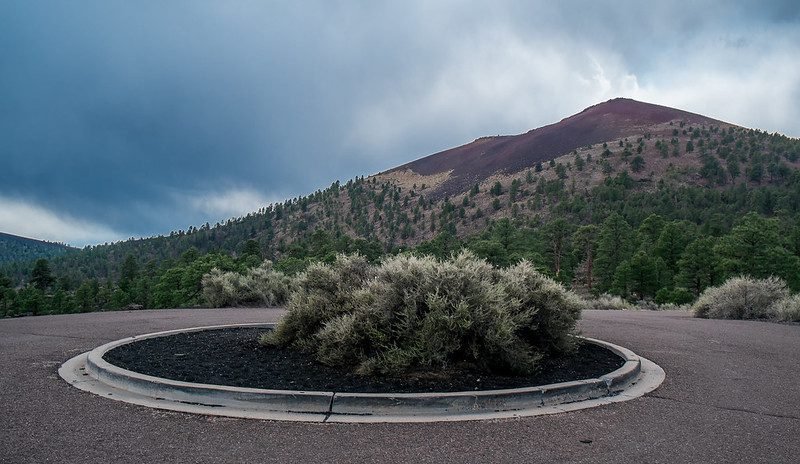
Sunset Crater Volcanic National Monument, located in Coconino County, Arizona, is a captivating testament to the dynamic geological history of the American Southwest. This unique monument preserves the legacy of a volcanic eruption that occurred approximately 1,000 years ago, leaving behind a harsh and striking landscape defined by cinder cones, lava flows, and a diverse range of volcanic features.
As you explore the area’s well-maintained trails, you’ll be immersed in the rugged beauty of the high desert, with the opportunity to witness the raw power and resilience of nature as it reclaims the volcanic terrain. The highlight of the monument is undoubtedly Sunset Crater itself, a nearly symmetrical cinder cone whose fiery-red color contrasts with the surrounding landscape and provides a vivid glimpse of Earth’s volatile history.
Beyond its geological wonders, Sunset Crater Volcano National Monument is also home to a rich tapestry of cultural history. The area holds deep significance for Native American tribes, and visitors can gain insight into the human history of the area through interpretive programs and exhibits. The delicate balance between preserving the natural environment and respecting the cultural heritage of the area is a testament to the importance of responsible management.
Sunset Crater offers a captivating blend of science and culture, inviting all who visit to appreciate the enduring beauty and complexity of the natural world while respecting the traditions of the people who have inhabited this land for centuries. is called home.
Walnut Canyon National Monument
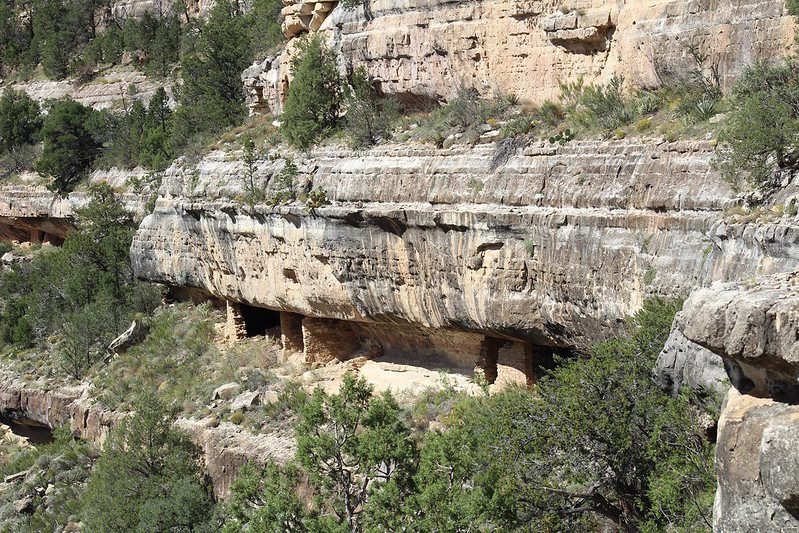
Walnut Canyon National Monument, located in Coconino County, Arizona, is a hidden gem that invites visitors to step back in time and explore the remarkable ancient history of the American Southwest. The monument is famous for its spectacular cliff dwellings, which were built by the Sinagua people over 700 years ago.
As you traverse the well-maintained paths through the canyon, you will have the opportunity to peer into the depths of the gorge and marvel at the rock houses built precariously within the narrow cracks of the canyon walls. The site offers a deep connection to the resilience and resourcefulness of the Sinagua people, who thrived in this challenging environment for centuries.
Walnut Canyon National Monument is not only a testament to ancient architecture but also a sanctuary for the unique flora and fauna of the area. The valley’s microclimate and varying altitude support a diverse range of plant and animal life, making it a paradise for nature enthusiasts and bird watchers.
The marriage of natural beauty and cultural history creates a rich tapestry of experiences for visitors, allowing them to appreciate both the timeless wonders of the natural world and the enduring legacy of indigenous cultures. Walnut Canyon is a place where the echoes of the past echo through the ages, inviting all who visit to embark on a journey of discovery and contemplation.
Meteor Crater
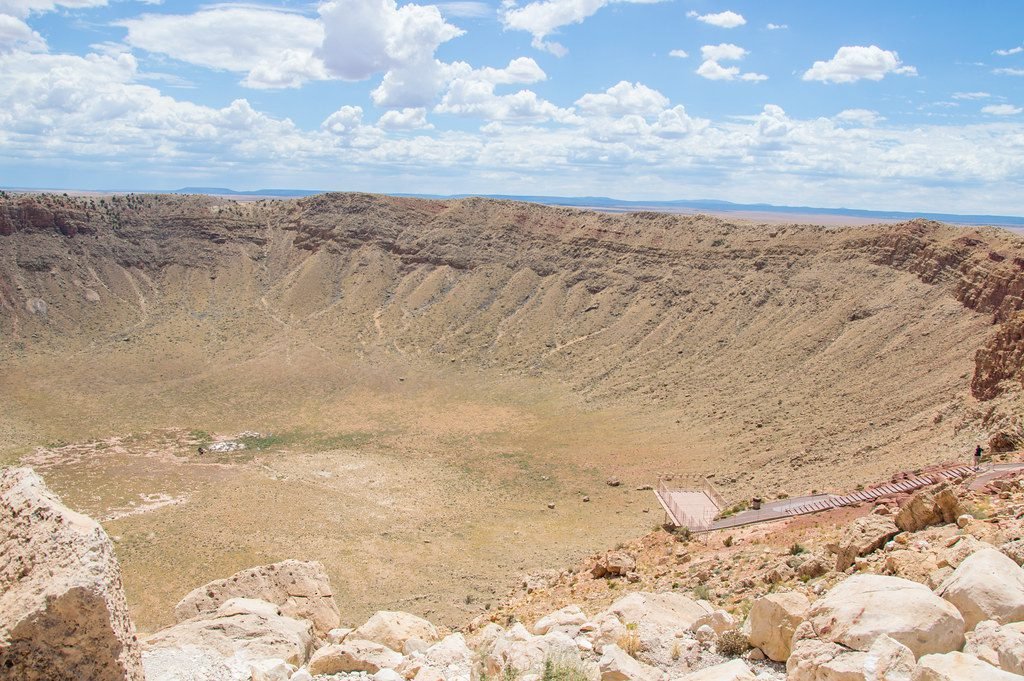
Meteor Crater, located in Coconino County, Arizona, is a stunning testament to the dramatic impacts of celestial bodies on the history of our planet. Often known as “Barringer Crater” in honor of the man who first proposed its meteoric origin, Daniel Barringer, this massive crater was formed about 50,000 years ago when a giant meteorite struck the Earth’s surface.
The result is a nearly mile-wide, 550-foot-deep crater that provides a spectacular glimpse of the forces of nature and cosmic events that have shaped our planet. Visitors to Meteor Crater can explore the edge of this geological wonder, peer into the abyss, and contemplate the extraordinary force generated by the collision of Earth and space.
Beyond its immense size and scientific importance, Meteor Crater offers a captivating mix of education and wonder. The visitor center provides abundant information about crater formation, impact dynamics, and the role of meteorites in shaping Earth’s history. Interactive exhibits, guided tours, and viewing platforms provide a deep understanding of the cosmic events that have left their mark on our planet.
Meteor Crater is not just a geological anomaly; it is a place where the mysteries of the universe and Earth’s ancient past meet, inspiring visitors to contemplate the awe-inspiring wonders of the universe and the enduring curiosity that drives our quest for knowledge.
Coconino National Forest
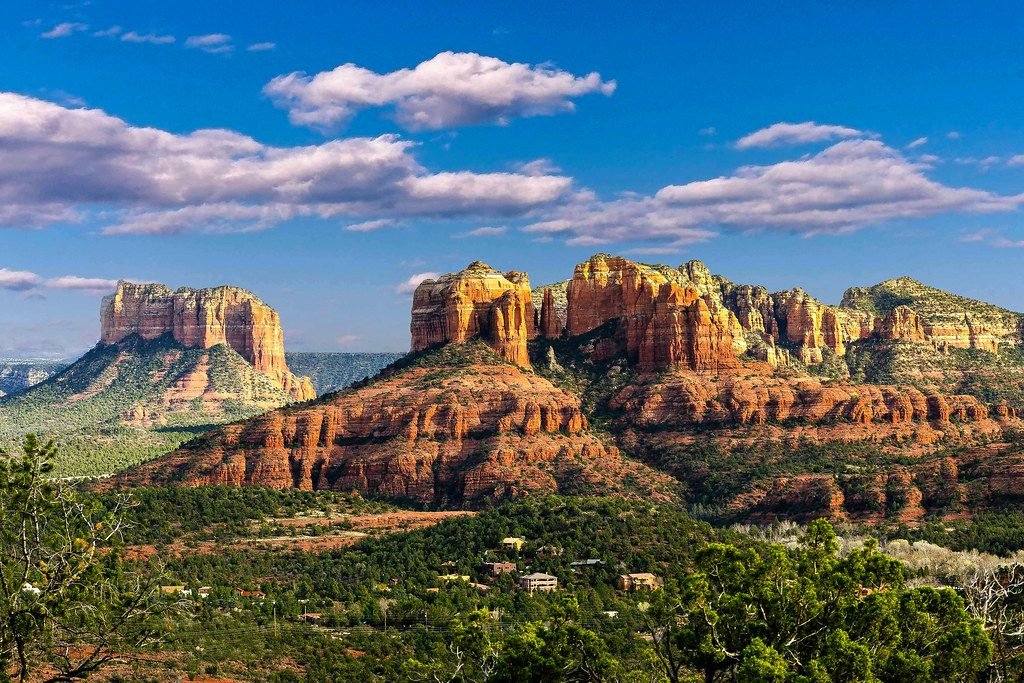
The Coconino National Forest, spanning northern Arizona, is a vast and diverse wilderness that encompasses the natural beauty and ecological richness of the American Southwest. This vast wilderness encompasses a fascinating range of landscapes, from the iconic red rock formations of Sedona to the towering ponderosa pine forests of the San Francisco Peaks.
Whether you’re hiking rugged trails, camping in the secluded backcountry, or simply enjoying a peaceful picnic among tall trees, Coconino National Forest is the perfect outdoor adventure destination for nature lovers and peace seekers. Offers a wide range of.
With its abundant wildlife, pristine lakes, and iconic sites like the beautiful Oak Creek Canyon, this wilderness serves as a sanctuary for both recreation and conservation, where visitors can connect with the wonders of the natural world. In addition to its recreational opportunities, the Coconino National Forest also plays an important role in preserving the area’s unique ecosystem and cultural heritage.
The forest is home to numerous archaeological and historical sites, including ancient Native American cliff dwellings, pictographs, and pioneer-era structures. The diverse range of plant and animal species found within its boundaries highlights the importance of responsible management and environmental protection. Coconino National Forest is a place where past and present intertwine, providing a deep connection to the land, its history, and the enduring spirit of exploration that defines the American wilderness.
Wupatki National Monument
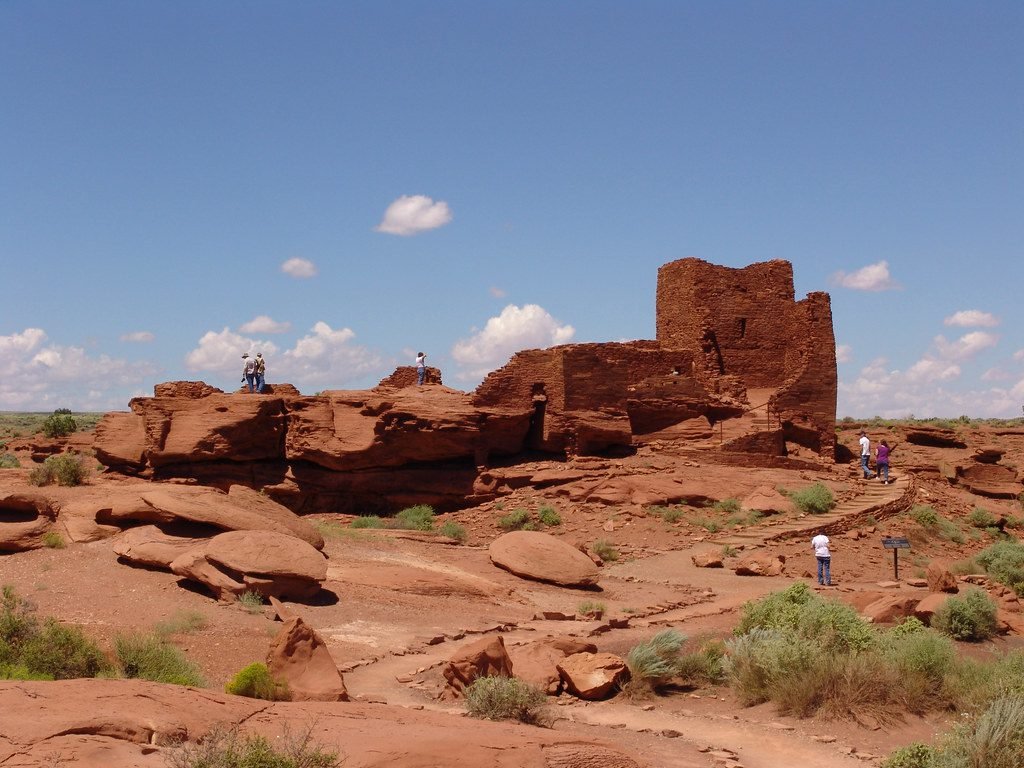
Wupatki National Monument, located in Coconino County, Arizona, is a remarkable archaeological treasure that provides a window into the ancient history of the area’s indigenous peoples. The monument consists of a series of remarkably preserved pueblo ruins built by Ancestral Puebloans nearly a thousand years ago.
These stone formations, located amidst the deep desert landscape, tell a compelling story of human ingenuity, adaptation, and community life in this harsh environment. Visitors to Wupatki can tour these ancient dwellings, marvel at the intricate masonry, and imagine the vibrant communities that once thrived in this arid land.
Beyond the ruins, the monument offers stunning views of the surrounding painted desert and demonstrates the enduring connection between people and land. Wupatki National Monument is not only a testament to the architectural and engineering skills of the Ancestral Puebloans but also a site of cultural significance.
The visitor center provides a wealth of information about the history, culture, and daily lives of the people who call this place home. Through interpretive demonstrations and ranger-led programs, visitors can learn about the challenges and accomplishments of these ancient communities and the lasting legacy they have left.
Wupatki is a place of reflection and wonder, where whispers of the past echo through time, inviting all who visit to appreciate the rich tapestry of human history and the deep connection between humanity and the landscapes we inhabit.
Lowell Observatory
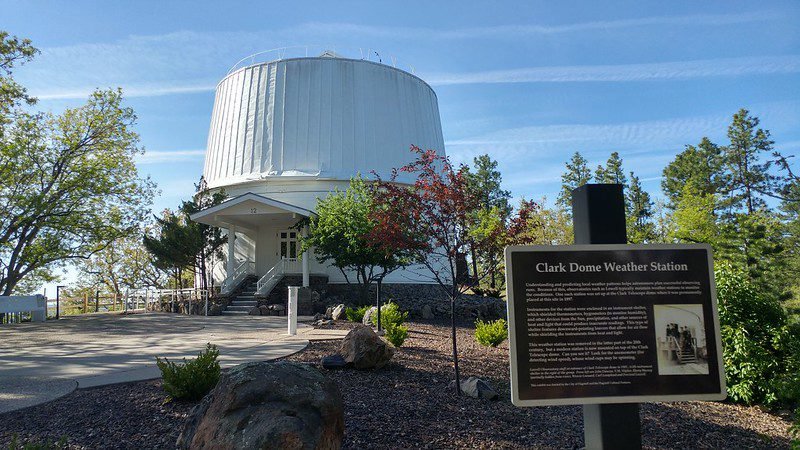
Lowell Observatory, located in Coconino County, Arizona, is a celestial beacon of scientific discovery and public access with a legacy dating back more than a century. Founded in 1894 by astronomer Percival Lowell, this famous observatory has played a vital role in our understanding of the universe.
It was here that astronomer Clyde Tombo discovered Pluto in 1930, a historic milestone in the exploration of our solar system. Today, Lowell Observatory remains a center for astronomical research and public engagement, with state-of-the-art telescopes and cutting-edge research programs that contribute to our knowledge of the universe.
Visitors can tour the observatory, participate in educational programs, and even gaze at the stars through powerful telescopes, making it a place where the wonder of the night sky comes to life. Beyond its scientific endeavors, Lowell Observatory has a deep commitment to education and outreach. It hosts a series of events and programs designed to inspire the next generation of astronomers and space enthusiasts.
The immersive experiences offered here, from interactive exhibits to live presentations, foster a sense of curiosity and wonder about the universe. Lowell Observatory is not just a center for scientific research; it is a place where the mysteries of the universe are revealed and made accessible to people, creating a deeper appreciation for the limitless wonders of the night sky and an enduring spirit of human exploration.
Petrified Forest National Park
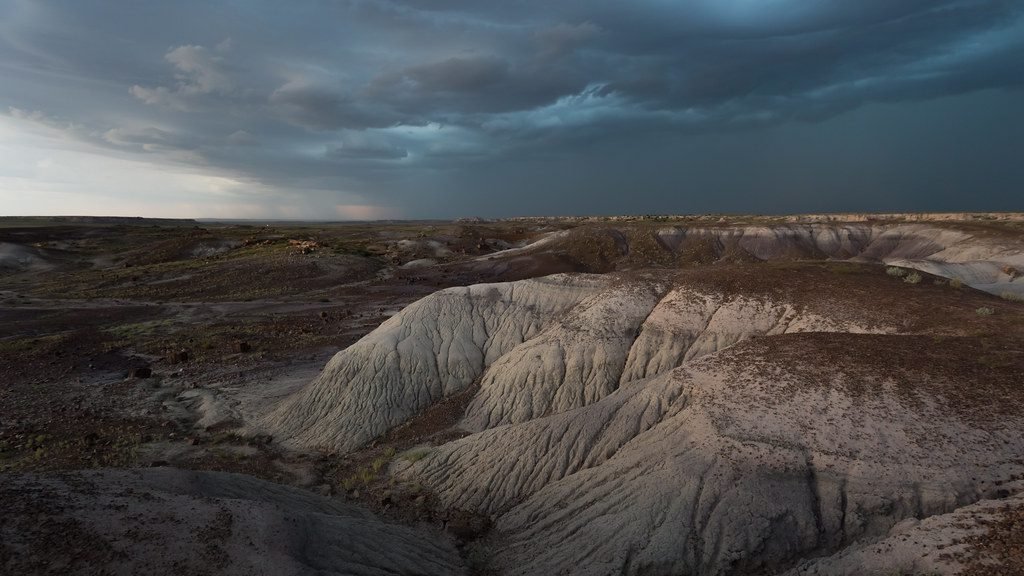
Petrified Forest National Park, located in Coconino County, Arizona, is a captivating time capsule that takes visitors back to a prehistoric world filled with ancient trees turned to stone. This unique and otherworldly landscape is home to one of the largest and most colorful concentrations of petrified wood on Earth.
The park’s mesmerizing rainbow of petrified woods, with their vibrant colors and crystallized textures, offers a glimpse of the ancient forests that flourished here 200 million years ago. As you explore the park’s trails and landscapes, you’ll also discover fossils, Native American petroglyphs, and stunning views of the painted desert, creating a rich tapestry of natural and cultural wonders that tell the story of a bygone era.
The Petrified Forest National Park is not only a geological wonder but also a site of immense scientific and educational value. It serves as a living laboratory where scientists study ancient ecosystems and the processes that led to the petrification of wood.
The park’s visitor center and educational programs provide insight into the area’s geological history, paleontology, and Native American heritage, making it a place where visitors of all ages can deepen their understanding of Earth’s ancient past. Petrified Forest National Park is a celebration of the profound changes that have shaped our planet and a reminder of the enduring beauty and curiosity that inspire our quest for knowledge.
Arizona Snowbowl
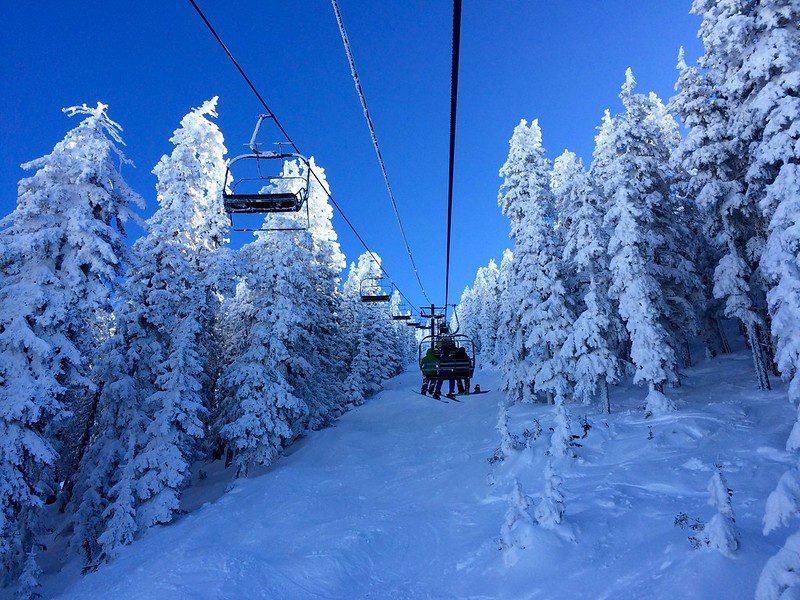
Nestled in Coconino County, the Arizona Snowbowl is a winter wonderland that offers a surprising and invigorating contrast with the typically arid landscapes of the Grand Canyon State. This premier ski resort is nestled among the towering San Francisco Peaks and boasts some of the best skiing and snowboarding in the Southwest.
With a range of races for all skill levels, from beginners to advanced enthusiasts, Snowbowl offers an accessible and exciting alpine experience for everyone. The resort’s state-of-the-art facilities, including chairlifts and terrain parks, ensure that visitors can make the most of their winter adventures, whether it’s carving through fresh powder or enjoying the crisp mountain air and stunning views of the surrounding high country. To enjoy.
What sets Arizona Snowbowl apart is its unique blend of outdoor recreation and natural beauty. The ski resort operates on the slopes of the San Francisco Peaks, an area of immense ecological and cultural importance to the Native American tribes of the region.
Visitors can appreciate the delicate balance between outdoor enjoyment and responsible environmental management while exploring Snowbowl’s winter playground. Whether you’re a fan of winter sports or trying to escape the snow in the middle of Arizona’s high desert, the Arizona Snowbowl offers an invigorating and memorable experience that celebrates the excitement of the season and the majesty of the San Francisco Peaks.
Riordan Mansion State Historic Park

Riordan Mansion State Historic Park, located in Coconino County, Arizona, is a step back in time to the Golden Age of the American West. This beautifully preserved historic mansion, built in 1904 for the Riordan families of Flagstaff, is a masterpiece of Arts and Crafts architecture and design.
As visitors explore the mansion’s well-kept rooms, they gain insight into the affluent lifestyle of the Riordan brothers and their families, who were prominent entrepreneurs in the early 20th century. The mansion’s exquisite craftsmanship, from its handcrafted furniture to its intricate stained glass windows, demonstrates the meticulous attention to detail that defined the Arts and Crafts movement and offers a glimpse into the cultural and artistic sensibilities of the era.
Beyond the mansion, the park’s lush grounds and surrounding landscape provide a tranquil retreat in the heart of Flagstaff. Visitors can take a leisurely stroll through the estate’s gardens or go on guided tours to learn about the history of the Riordan family, the architectural significance of the mansion, and the broader context of Flagstaff’s development.
Riordan Mansion State Historic Park is a place where history comes alive, where the beauty of the past is preserved for future generations to appreciate. It provides a tangible connection to the bygone days of the American West and a testament to the lasting legacy of those who shaped this unique region.
Conclusion
Coconino County is a true gem in the southwestern United States, offering attractions to nature lovers, history buffs, and adventure seekers alike. Whether you’re exploring the depths of the Grand Canyon, gazing at the stars at Lowell Observatory, or hiking through the vibrant landscapes of Sedona, this county promises an unforgettable experience. Plan your trip to Coconino County, and you’ll discover a world of natural wonders, cultural heritage, and outdoor adventures that will leave you with memories to last a lifetime.